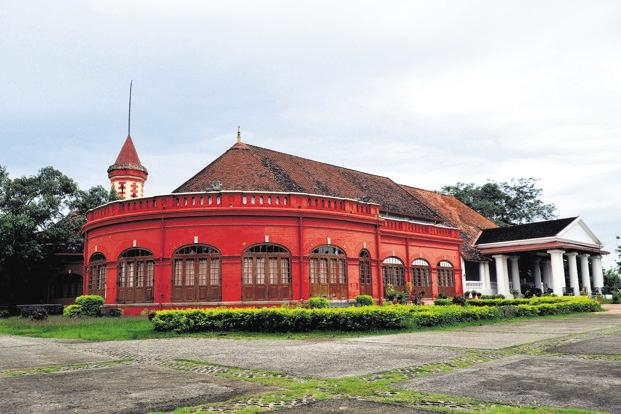As Thiruvananthapuram shows, the real heritage of a place does not lie in what the municipality controls, rather, it survives within its people
....
We are trained to believe that such a longing for the survival of what is cultural, beautiful and aesthetic in a city is noble; that it is humane to be disgusted by real estate developers who transform old into new. But then is it true? Is the pain we feel for the mortality of heritage as virtuous as it seems at first glance? What is the price regular people pay to keep a city centre beautiful? Are they outpriced, have they been cordoned off in faraway uglier places from where they have to emerge to work in beautiful places? Is the urban antiquity of a city a symptom that the cultural elite have held their forts, that they have not been toppled by modernity? Does the fact that the old money of Thiruvananthapuram still lives in its heart, holding large swathes of commercially valuable land, mean that the economy is not advanced enough to create a new class of elite? Isn’t it true that the charm of this adorable town is also a sign that it is a difficult place for businesses to thrive
....
Progress is not aesthetic because aesthetics is not the objective of progress, no matter what the beneficiaries of aesthetics may say.
But then it is hard for the lovers of heritage to let go. The destruction of what is old, hence beautiful, reminds us of our own decay and mortality, and, for this and for many other reasons, we will find ways to protest or even preserve the old structures and cultures. That is why every time an Irani restaurant in Mumbai sells out to become McDonald’s or KFC, a type of people mourn the transformation. They curse the power of capitalism even though an Irani restaurant, too, is a symbol of capitalism, old and cute but still capitalism, which had once destroyed an even more ancient way of life.
There is something farcical about heritage conservation, about ancient beautiful buildings whose modernity is hidden within. All things considered, is it not true that the real heritage of a place is not in what the municipality controls, but in what survives in its people?
